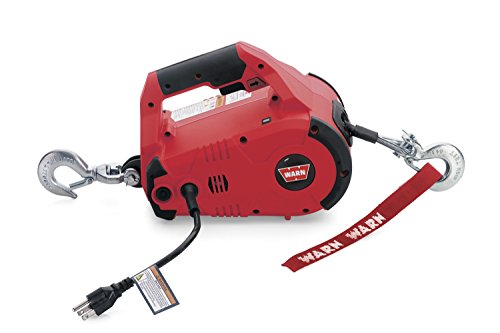crowesnest3
Well-known member
think last year posted a dead stator problem and was "mothballing" til a later time better to do tear down to replace stator ..... along comes this spring, needed to move her to a new address so I decided it wasn't but 10 miles away so I charged up battery knowing I could go that far just on battery. Fired up on the first push of the button, ran like a top ..... I had just finished a large list of tune up and maintenance projects just before the "stator" problem. Decided to "band aid" the situation by piggy backing a yard tractor battery to the system to up the amps in the bank so to speak, so now I'm getting some road time in ....... NOW, I decide to revisit the stator wiring and notice that my cheepy radio shack meter was giving me all sorts of off the wall readings! So went out and bought a new meter, better meter ... $25 anyway .... recheck the stator lines, the infamous 3 yellow fellows ... SO HERE IS THE QUESTION: new tester shows all yellow fellows pass the continuity test ( beep!), nobody fails the to the ground test and all but two combinations 1 -2 and 3 - 1 ( 17 - 20v ) show an out put of 55 - 60v @ 3000 rpm. Upon reconnecting the infamous three and checking for voltage input to battery @ 3000 rpm I only show 12.6 - 12.8, should be 13.5 - 14, yes? So, is the stator cooked? slightly overdone? or is there another place I should be looking to such as the regulator? Is there a test for the regulator? ..... or do I need to bother? I will add here, with some embarrassment, the yellow fellows all have "crimp/paddle type connectors. did do away with original white block last year. I did solder connect 3" extensions to receiving end and I did id the original connections to each other ......... am I at least getting a "trickle charge" to the point keeping the band aid connected will at least get me thru the summer? Got no plans to ride out to Sturgis anyway! :help: :doh:


















































